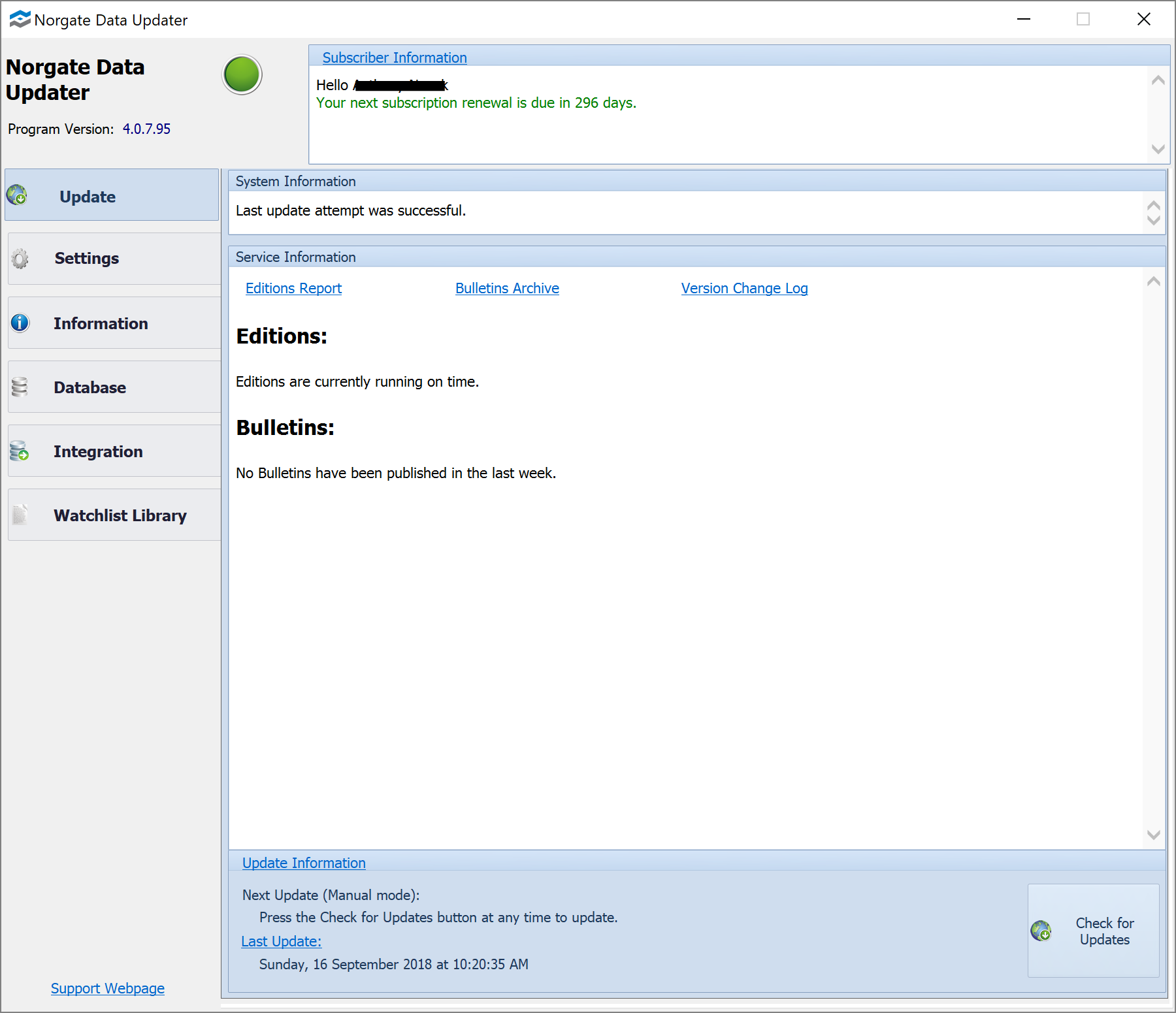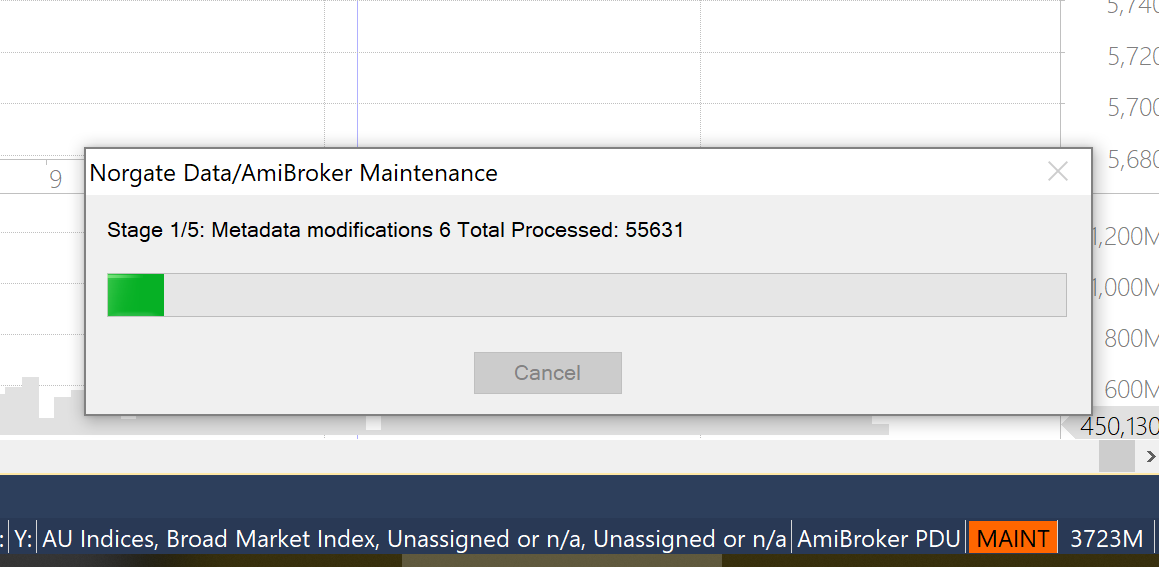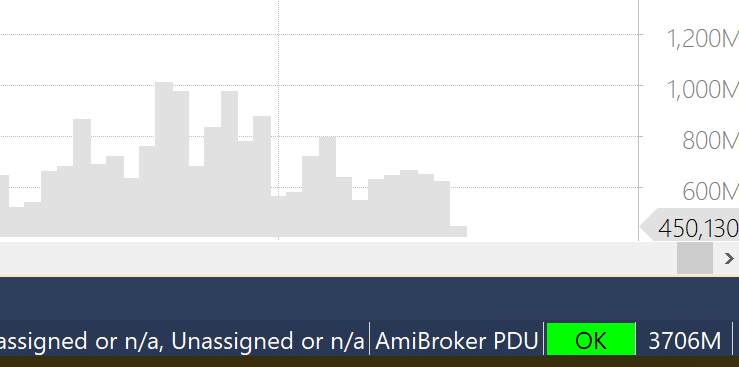Norgate Data (NDU) – Security Price Data Made Easy
If you’re in any way interested in charting then you’ll need reliable, accurate data. And there’s no question that you should always use accurate price data at all times. It’s often this data that helps you make trading and investment decisions so it’s important to have quality data at your disposal!
This is where Norgate Data comes into its own.
Norgate Data (NDU) provides daily “end-of-day” data licensed for personal use. They specialise in Australian and US securities but most importantly their data integrates seamlessly with two very popular charting software programs (AmiBroker and RightEdge). We use AmiBroker here at Anfield Capital and invite you to review and explore many of the AmiBroker tutorials we have on offer.
The NDU holds the data in a proprietary format and can only be accessed by way of plugins into supported 3rd-party charting/analysis applications. It’s important to note this so please don’t consider NDU unless you have either AmiBroker or RightEdge installed. If you want generic price data (historical) please refer to Premium Data.
Norgate Data is a subscription-only platform (historical data is not available as a “stand-alone” item). If a subscription lapses, the data can no longer be accessed and for Stock Market subscriptions, the extent of historical data provided depends on the subscription level.
How is price data updated?
It’s easy. The NDU is a specialist program that runs on your Windows desktop and allows you to update price data seamlessly at any time. Shown in the image below is the interface for the price updater and updating your data is as simple as clicking on the “Check for Updates” button. What happens then…well depending upon your subscription level determines the markets which are updated, it’s as simple as that.

After a price update has been completed, you’ll need to open your charting software (AmiBroker in this instance) in order to process all adjustments etc. Not doing this doesn’t prevent AmiBroker from operating normally, it’s just required in order to display the latest price and to process all security deilstings, additions and adjustments, i.e. the maintenance of your security price data that you hope is taken care of automatically. And in the case of Norgate, it is!
Here’s what you see in AmiBroker after you have run a price update:

Clicking on the “orange” MAINT button opens a small processing window which displays progress for each maintenance task. After all maintenance has been completed, AmiBroker will look like this:

And you’re all set to go!
So what makes Norgate NDU so good?
Quite simply the ease at which it manages everything for you. It takes care of all security listings, delistings and adjustments so you can be sure the data you see is up to date and accurate.
Norgate NDU subscriptions come in a variety of different flavours but one feature which we find indispensable here at Anfield Capital is historical constituents listings. In addition to developing leading class portfolio management software we like to research and tweak mechanical trading systems. If you’ve ever back-tested a mechanical, non-discretionary strategy then you’ll know how important it is to generate results that take into account “survivorship bias”.
What do we mean? When you use a list of securities that exists today for a backtest, you’re considering only securities that exist right now. What you miss out on is securities that are no longer listed or have been removed from an index (or market) that you’re backtesting. Only considering securities that have survived, ignoring the delisted ones, is called survivorship bias.
As an example, consider a strategy that trades only the ASX300. If you only include ASX300 constituents that exist today you’re not including the securities that did belong in the ASX300 but were subsequently removed by either being delisted or removed from the index.
Norgate NDU allows you to seamlessly avoid “survivorship bias” by enabling backtests to only include securities that existed in an index at the time of testing, i.e. the date then signals are generated. For years, overcoming “survivorship bias” in backtests was hard work, we here at Anfield Capital maintained lists of security indexes with data for each security inclusion and (if applicable) exclusion. Maintaining these lists was hard work and cumbersome to error so a seamless solution is more than welcome.
Where to from here?
No doubt, you’ll want to learn more directly from Norgate themselves.
